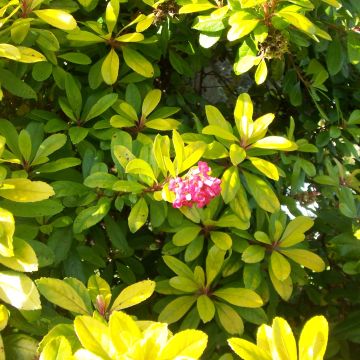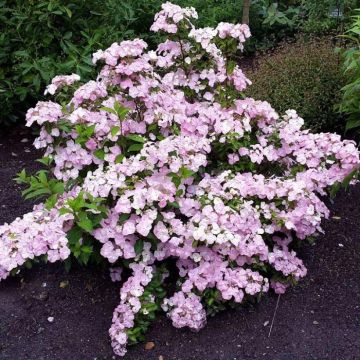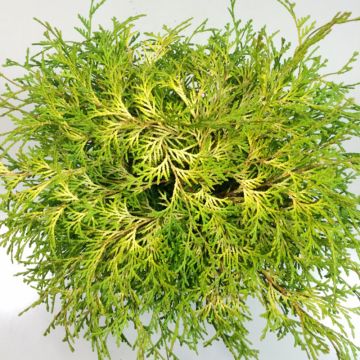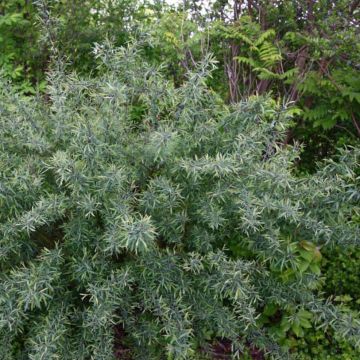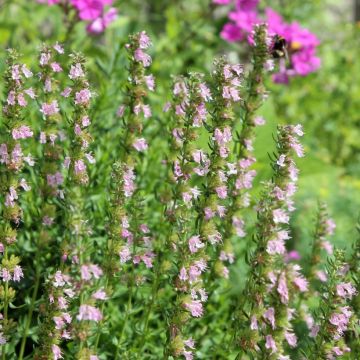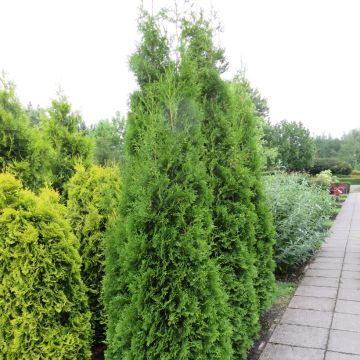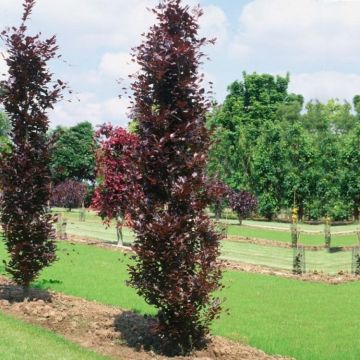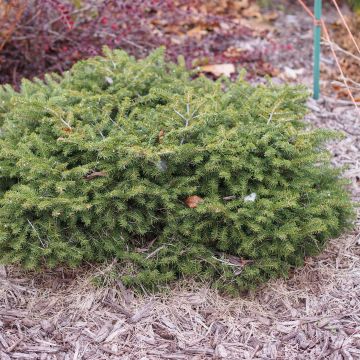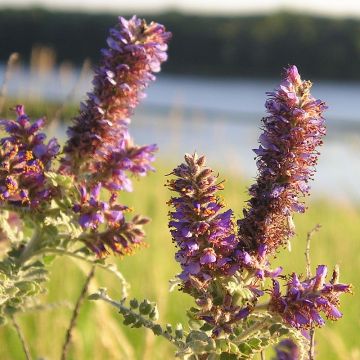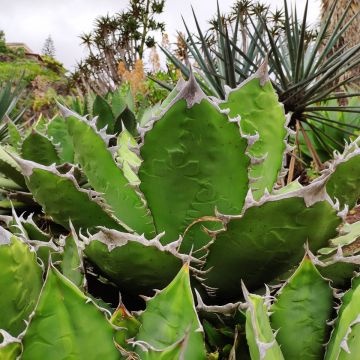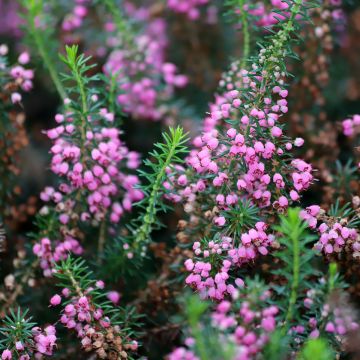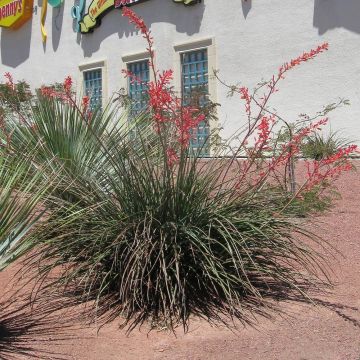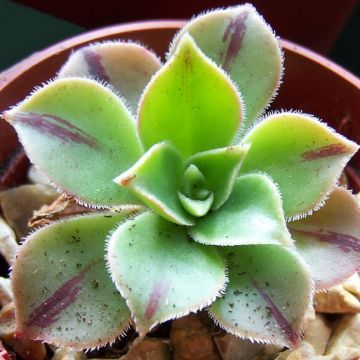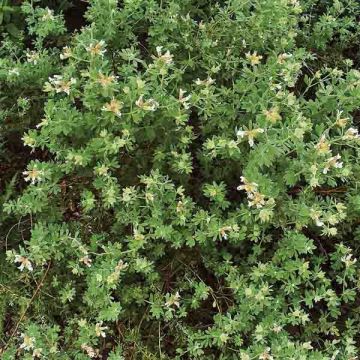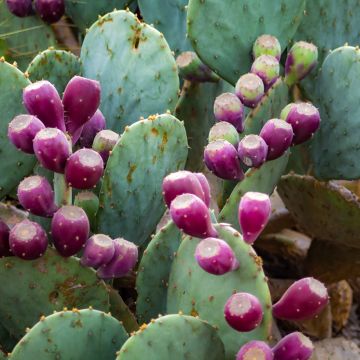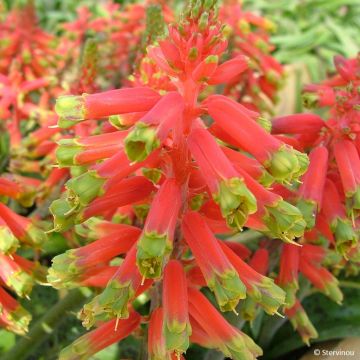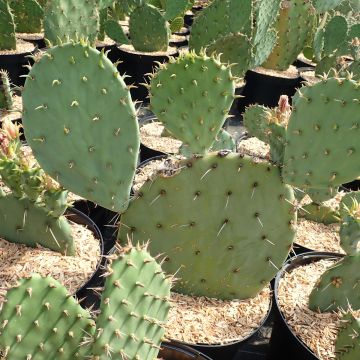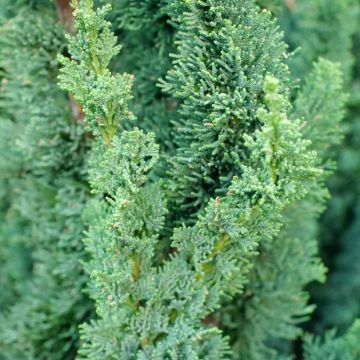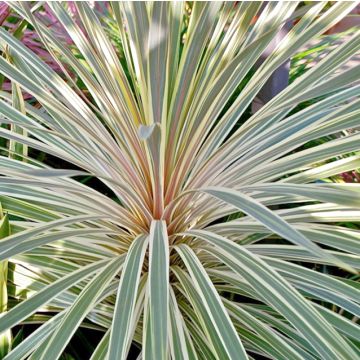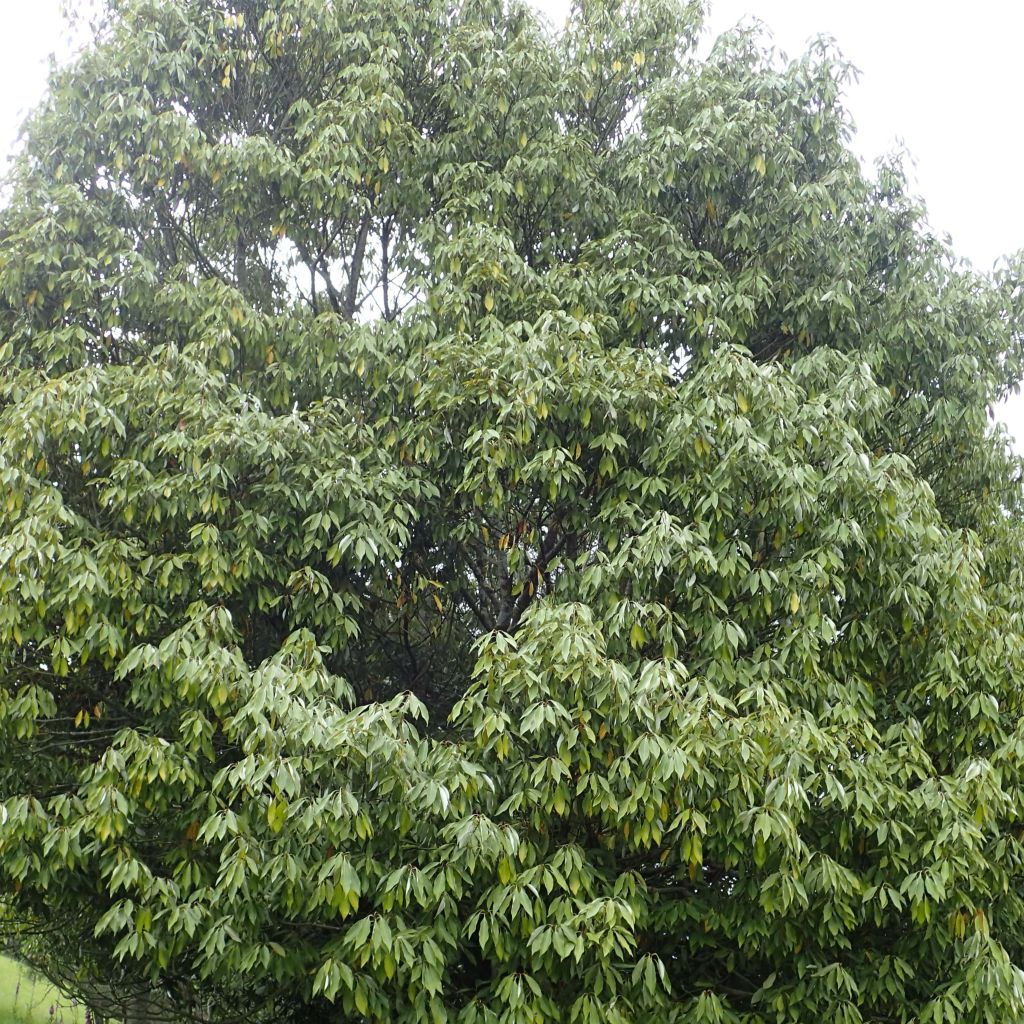

Neolitsea sericea
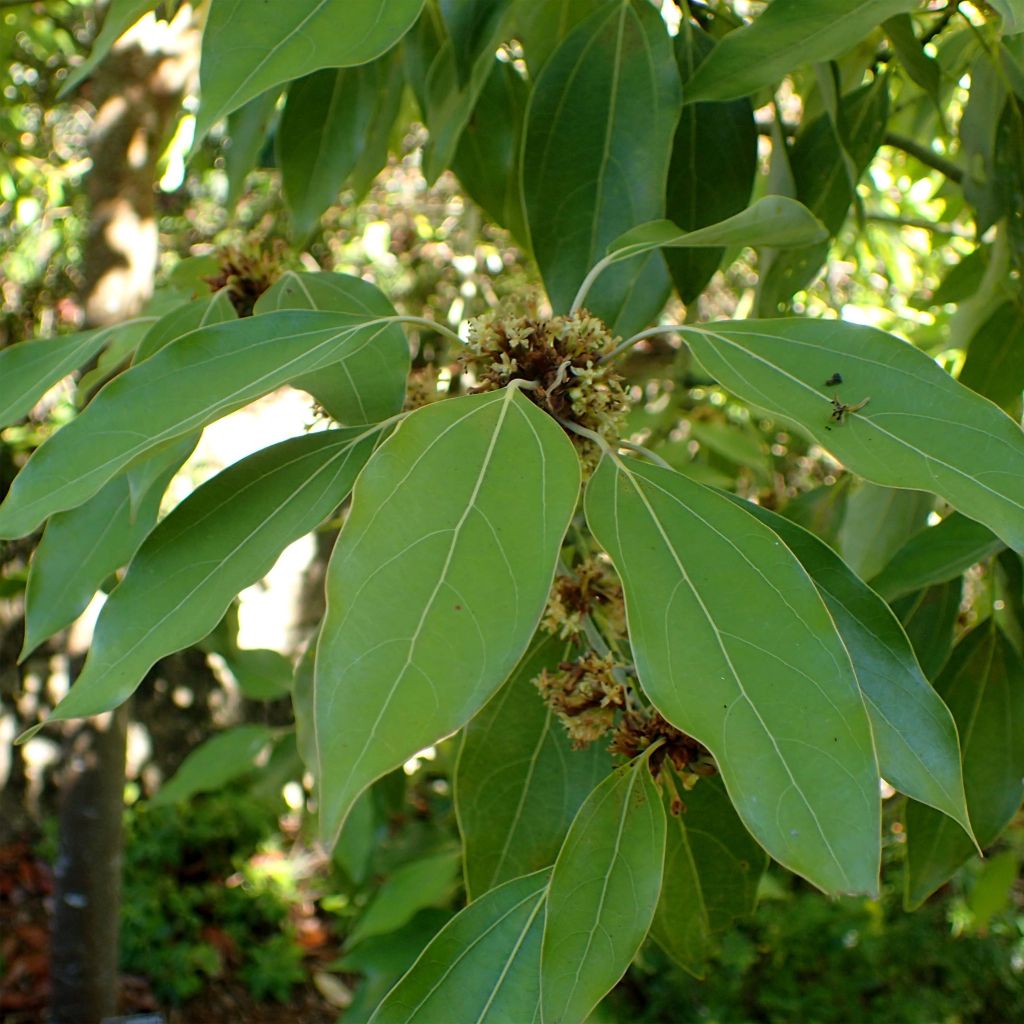

Neolitsea sericea
Neolitsea sericea
Neolitsea sericea
This item cannot be shipped to the selected country
Delivery charge from €5.90
More information
Schedule delivery date,
and select date in basket
This plant carries a 24 months recovery warranty
More information
We guarantee the quality of our plants for a full growing cycle, and will replace at our expense any plant that fails to recover under normal climatic and planting conditions.
From €5.90 for pickup delivery and €6.90 for home delivery
Express home delivery from €8.90.
Does this plant fit my garden?
Set up your Plantfit profile →
Description
Neolitsea sericea is a tall bush of Asian origin, still not widely cultivated. Related to the famous camphor tree, it has a fast growth rate and evergreen foliage that is highly aromatic when crushed. This species is particularly interesting in spring, when its young silvery leaves turn light brown, contrasting beautifully with the mature green leaves. Its autumn flowering is rather discreet, followed by attractive clusters of bright red fruits on the female plants. Not very hardy, this tree will be more suitable for gardens in temperate and rather humid climates, with preferably non-calcareous but light and humus-rich soil. When planted in isolation, it will form a superb specimen.
Neolitsea sericea belongs to the Lauraceae family and comes from southern Asia: Korea, Taiwan, and Japan. It reaches a height of 6m (20ft) and an average width of 5m (16ft), with a broadly conical habit. It is common for this tall bush to produce several trunks, which are warm brown in colour and can be highlighted by pruning the branches and lower limbs.
The young leaves are covered with bristles just like its young branches. They are initially silvery, then become light brown before turning apple green and finally a rather dark green. They are evergreen in winter and rich in fragrant essential oils. Oval in shape, they taper to a point and measure 8 to 18cm (3 to 7in) long and 4 to 7cm (2 to 3in) wide. Flowering occurs in October. This species is dioecious; there are female and male plants. The small pale-yellow flowers are clustered in panicles in the axils of the leaves, on the current year's growth. After pollination by insects, the female flowers, in the presence of male plants, develop into pea-shaped fruits or berries that take about a year to ripen. When ripe, this bright red fruiting resembles that of the coffee tree.
Highlight Neolitsea sericea by placing it prominently at the corner of a lawn or near a grand pathway. You can create a Japanese-style ground cover at its base, composed of Ophiopogon, Hakonecloa, Epimedium, or Pulmonaires, for example. You can also plant it alongside other small trees chosen for their flowering (magnolias, Davidia, large dogwoods), or their autumn foliage (maples, caramel tree, witch hazel).
Report an error about the product description
Neolitsea sericea in pictures
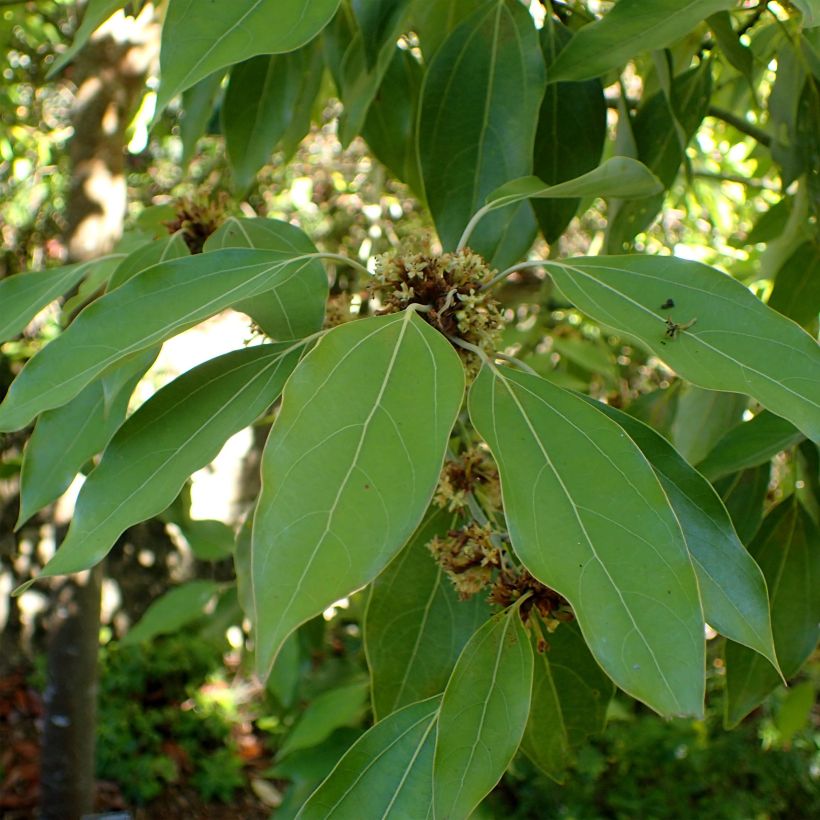

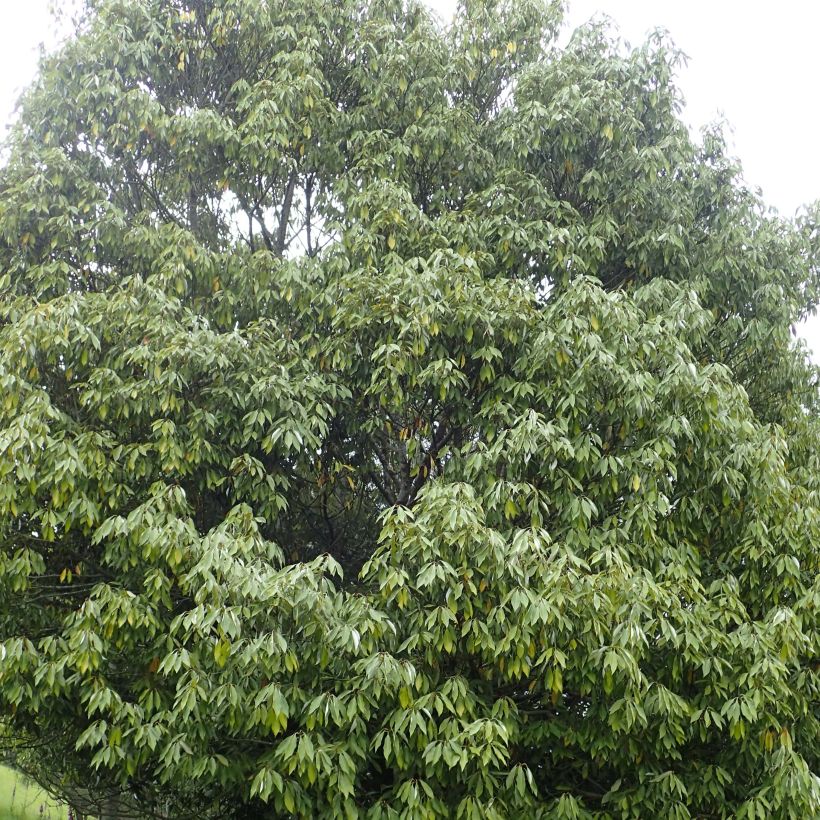

Plant habit
Flowering
Foliage
Botanical data
Neolitsea
sericea
Lauraceae
China
Other Shrubs A to Z
Planting and care
Plant in a rather mild and fairly humid climate, in preferably humus-rich, neutral to acidic, light and well-drained soil, without limestone. Choose a sunny or semi-shaded exposure, but above all sheltered from cold winds. This small tree fears heatwaves and dry soils. It is hardy to -12°C (10.4°F) for a well-established plant (3 or 4 years of cultivation). Optionally protect it with a winter cover in its first years in case of severe frost, and mulch its stump to insulate it from the cold.
Planting period
Intended location
Care
This item has not been reviewed yet - be the first to leave a review about it.
Evergreen shrubs
Haven't found what you were looking for?
Hardiness is the lowest winter temperature a plant can endure without suffering serious damage or even dying. However, hardiness is affected by location (a sheltered area, such as a patio), protection (winter cover) and soil type (hardiness is improved by well-drained soil).

Photo Sharing Terms & Conditions
In order to encourage gardeners to interact and share their experiences, Promesse de fleurs offers various media enabling content to be uploaded onto its Site - in particular via the ‘Photo sharing’ module.
The User agrees to refrain from:
- Posting any content that is illegal, prejudicial, insulting, racist, inciteful to hatred, revisionist, contrary to public decency, that infringes on privacy or on the privacy rights of third parties, in particular the publicity rights of persons and goods, intellectual property rights, or the right to privacy.
- Submitting content on behalf of a third party;
- Impersonate the identity of a third party and/or publish any personal information about a third party;
In general, the User undertakes to refrain from any unethical behaviour.
All Content (in particular text, comments, files, images, photos, videos, creative works, etc.), which may be subject to property or intellectual property rights, image or other private rights, shall remain the property of the User, subject to the limited rights granted by the terms of the licence granted by Promesse de fleurs as stated below. Users are at liberty to publish or not to publish such Content on the Site, notably via the ‘Photo Sharing’ facility, and accept that this Content shall be made public and freely accessible, notably on the Internet.
Users further acknowledge, undertake to have ,and guarantee that they hold all necessary rights and permissions to publish such material on the Site, in particular with regard to the legislation in force pertaining to any privacy, property, intellectual property, image, or contractual rights, or rights of any other nature. By publishing such Content on the Site, Users acknowledge accepting full liability as publishers of the Content within the meaning of the law, and grant Promesse de fleurs, free of charge, an inclusive, worldwide licence for the said Content for the entire duration of its publication, including all reproduction, representation, up/downloading, displaying, performing, transmission, and storage rights.
Users also grant permission for their name to be linked to the Content and accept that this link may not always be made available.
By engaging in posting material, Users consent to their Content becoming automatically accessible on the Internet, in particular on other sites and/or blogs and/or web pages of the Promesse de fleurs site, including in particular social pages and the Promesse de fleurs catalogue.
Users may secure the removal of entrusted content free of charge by issuing a simple request via our contact form.
The flowering period indicated on our website applies to countries and regions located in USDA zone 8 (France, the United Kingdom, Ireland, the Netherlands, etc.)
It will vary according to where you live:
- In zones 9 to 10 (Italy, Spain, Greece, etc.), flowering will occur about 2 to 4 weeks earlier.
- In zones 6 to 7 (Germany, Poland, Slovenia, and lower mountainous regions), flowering will be delayed by 2 to 3 weeks.
- In zone 5 (Central Europe, Scandinavia), blooming will be delayed by 3 to 5 weeks.
In temperate climates, pruning of spring-flowering shrubs (forsythia, spireas, etc.) should be done just after flowering.
Pruning of summer-flowering shrubs (Indian Lilac, Perovskia, etc.) can be done in winter or spring.
In cold regions as well as with frost-sensitive plants, avoid pruning too early when severe frosts may still occur.
The planting period indicated on our website applies to countries and regions located in USDA zone 8 (France, United Kingdom, Ireland, Netherlands).
It will vary according to where you live:
- In Mediterranean zones (Marseille, Madrid, Milan, etc.), autumn and winter are the best planting periods.
- In continental zones (Strasbourg, Munich, Vienna, etc.), delay planting by 2 to 3 weeks in spring and bring it forward by 2 to 4 weeks in autumn.
- In mountainous regions (the Alps, Pyrenees, Carpathians, etc.), it is best to plant in late spring (May-June) or late summer (August-September).
The harvesting period indicated on our website applies to countries and regions in USDA zone 8 (France, England, Ireland, the Netherlands).
In colder areas (Scandinavia, Poland, Austria...) fruit and vegetable harvests are likely to be delayed by 3-4 weeks.
In warmer areas (Italy, Spain, Greece, etc.), harvesting will probably take place earlier, depending on weather conditions.
The sowing periods indicated on our website apply to countries and regions within USDA Zone 8 (France, UK, Ireland, Netherlands).
In colder areas (Scandinavia, Poland, Austria...), delay any outdoor sowing by 3-4 weeks, or sow under glass.
In warmer climes (Italy, Spain, Greece, etc.), bring outdoor sowing forward by a few weeks.

































